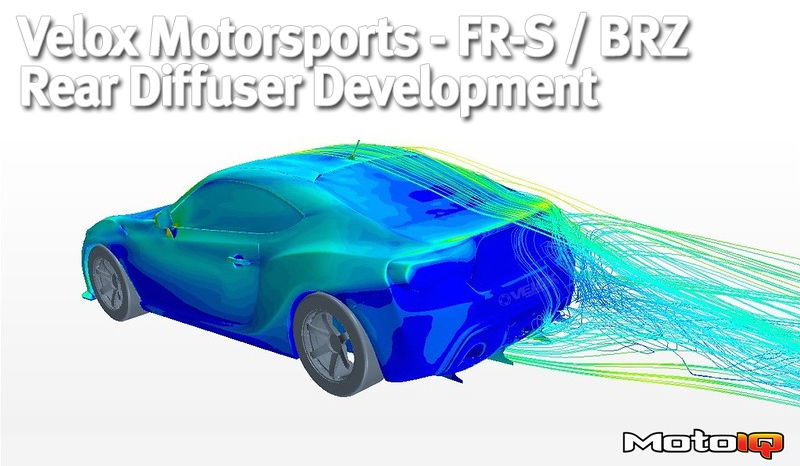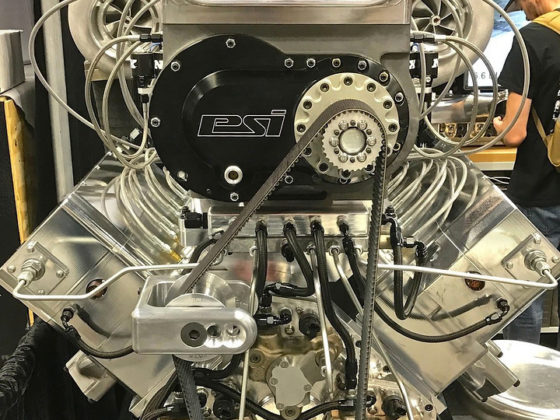,

Pressure plots are a useful tool for designing aero parts; you can visually see how pressure is distributed around the body and how altering its shape with an aero kit effects it. Remember, we are looking to reduce pressure under the car and to increase it on top of the car's body.

Analyzing streamlines is another powerful tool to find how and where we can make improvements to the design. Streamlines are much like the smoke streams used to visualize flow that most people are familiar with when looking at videos of cars in wind tunnels. Streamlines can also be used to visualize flow patterns in CFD.
A new post-processing technique in Velox's CFD arsenal is vector plots. Vector plots can now visualize where the air is heading at that point via CFD analysis.

The rear diffuser increases downforce and dramatically improves aerodynamic balance over the downforce from just using the front splitter. Let's take a look at some data:
Vehicle Downforce Increase vs. Stock at 100 MPH | Aero Balance (front / rear) | |
Rear Splitter + Rear Diffuser | 76.0 lbs. | 51 / 49 |

Rear up-turn lip– Ahmed Analysis
Why was the Ahmed Model Chosen?
The Ahmed model is a universal benchmark used in the automotive field for validating CFD simulation tools. The Ahmed model is a boxy shape of known dimensions with rounded corners and a slanting rear. Its flow characteristics have been studied with physical models, and they are well-known and published. It is also a great model to use for general changes to analyze the effect on a basic vehicle system. Effects on this model likely can transfer to other vehicles, but as always, Velox Motorsports recommends and will always perform analysis on vehicle specific units as each case can vary.
Standard Ahmed Model CFD:
Being that this is an A to B to C comparison, Velox of course has to start with the standard Ahmed model. CFD photos of this are shown below. They took this time to compare the standard Ahmed results to published results as well.





2 comments
Hi, i am looking for a aerodynamic race tested rear diffuser for a 2016 Ford Mustang GT running 700 rear wheel horsepower. I already have front splitters, cannards and rear spoiler. I do track sprint racing
Hi: I’m working being an amateur aerodynamist with my FRS. Your tuft testing was very good but you should have it without a diffuser to give an overall comparison of the benefit of a diffuser.